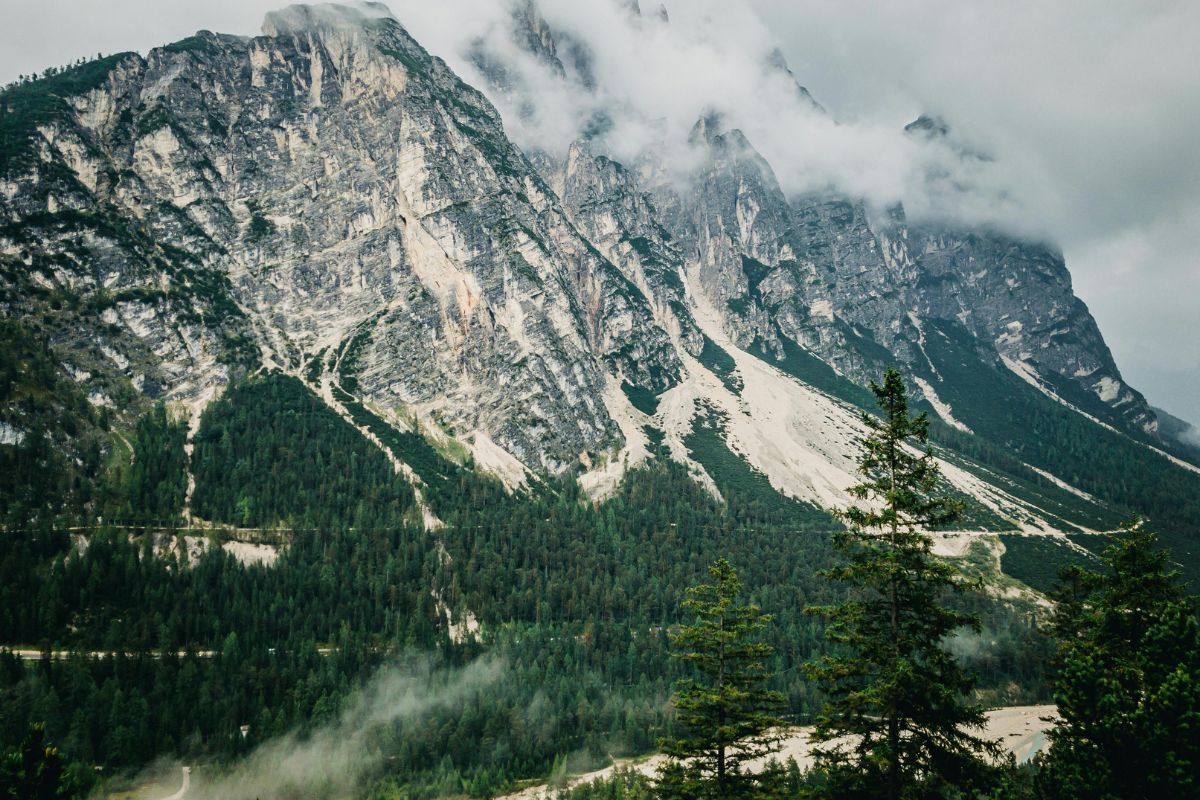Planning an Italian vacation isn’t just about picking a place—timing matters too. Trust me, the right season can totally change your experience.
The best times to visit Italy are late spring (April to June) and early fall (September). You get those perfect 70s and 80s temperatures, and you won’t have to elbow your way through crowds like in peak summer.
Italy feels different every season. When I hit the Amalfi Coast in May, I got to stretch out on sunny beaches without the usual swarm of tourists clogging the narrow streets. Then, in September, Rome felt almost enchanted—still warm enough for outdoor dinners but way more comfortable for wandering ancient ruins.
Different regions take turns stealing the spotlight. Northern lake districts burst with color in spring as flowers bloom. Sicily hangs onto summer well into October thanks to its Mediterranean weather.
Venice, in my experience, feels the most “real” during the quieter months. And Tuscany in fall? Those hills glow with color. Your ideal trip depends on what you want—beach weather, harvest celebrations, or local festivals.

Understanding Italy’s Seasons: A Traveler’s Guide
Italy’s climate swings a lot from north to south, so you’ll get totally different seasonal vibes depending on where you go. The month you pick can shape everything—crowds, costs, even your mood.
High vs. Low Season in Italy
Summer (June-August) is high season. Tourists pack Rome, Florence, Venice—I’ve seen those cities absolutely bursting in July and August. Temperatures can soar past 30°C (86°F).
I’ve had to pay nearly double for a hotel room in Rome in July compared to May. It’s wild. Locals often escape the cities in August for their own vacations.
Winter (November-February) is low season, unless you’re heading to ski spots like the Dolomites. I wandered Venice’s silent canals in January—no crowds, but some restaurants shut their doors. Prices drop, and you get a taste of real local life.
High Season Pros & Cons:
- ✅ Beach weather at its best
- ✅ Long, lazy daylight hours
- ❌ Packed crowds everywhere
- ❌ Hotel prices shoot up
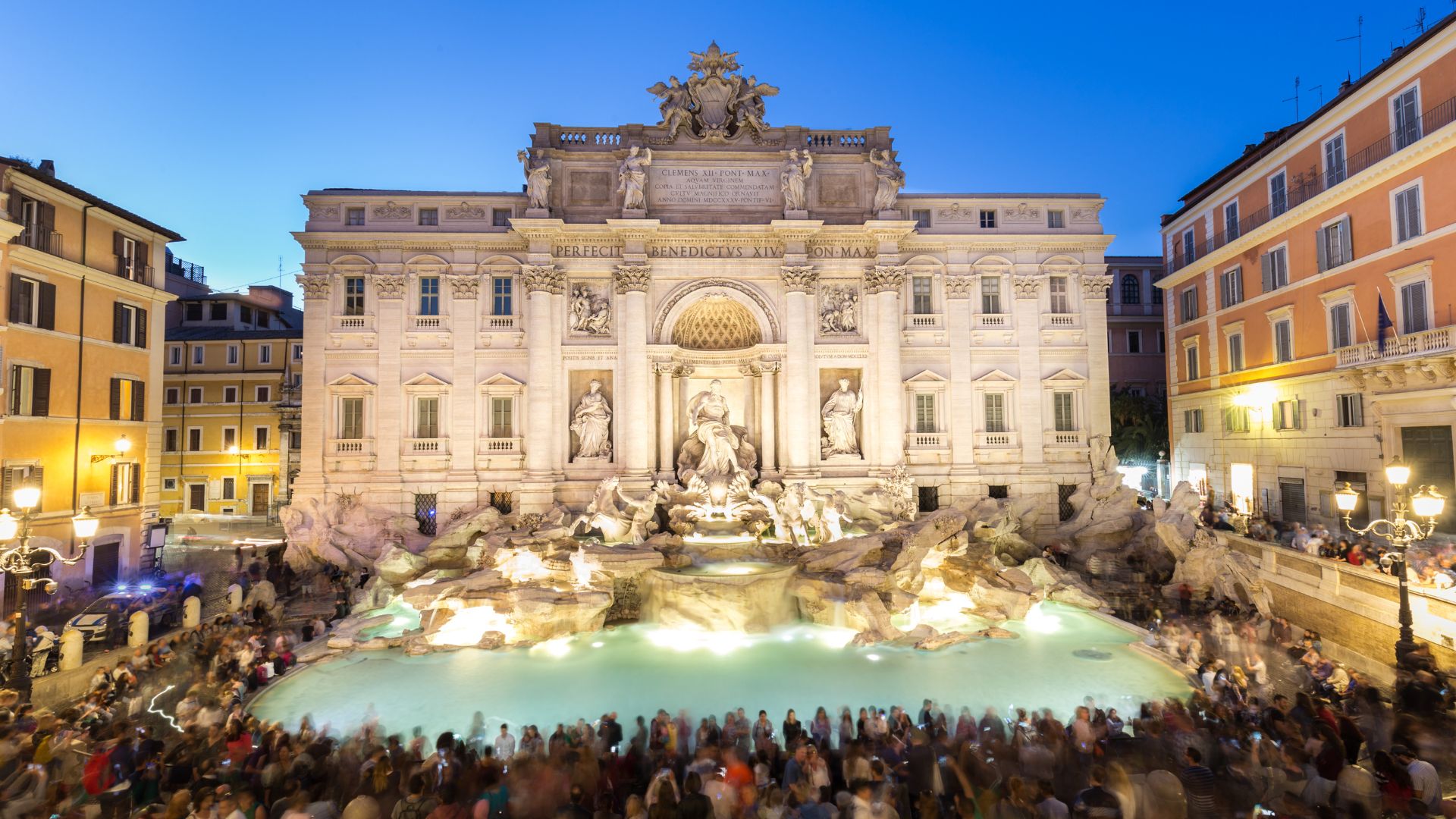
Shoulder Season Advantages
May and October have become my sweet spot for Italy trips. The weather’s lovely, and you don’t have to fight for space.
Last October, I strolled through Tuscan vineyards surrounded by gold leaves, not selfie sticks. Temperatures hovered around 18-22°C (65-72°F), which made exploring so much easier.
Hotels are cheaper—sometimes by 30% compared to summer. Local festivals pop up everywhere. Spring brings flower celebrations in Sicily, while autumn means truffles in Piedmont and grape harvests in wine country.
Museums and historic spots stay open, but lines are way shorter. I breezed into the Vatican Museums in May—just a 15-minute wait.
Weather Patterns Across Regions
Italy’s weather can flip on you, depending on where you land. Northern Italy gets all four seasons, with snowy winters and hot summers. When I visited Milan in January, I bundled up in a heavy coat and scarf.
Central Italy (think Rome, Tuscany) has milder winters and hot, sometimes sticky summers. April showers hit, but they don’t last long—then everything turns lush and green.
Down south and on islands like Sicily, summers get super hot and dry, while winters stay mild. I swam off the Amalfi Coast in late October, but up north, folks already needed jackets.
Mountains do their own thing. The Alps might keep their snow into May, while the coast is already beach-ready. Somewhere in Italy, you can find your ideal weather almost any month.
Spring Escapes: Blossoming Landscapes and Italian Festivals
Spring stretches from March through May. It’s a sweet spot—comfortable temps, blooming countryside, and not many tourists.
During my trips, I’ve found spring feels almost enchanted. Fewer crowds, and the landscapes just wake up everywhere you look.
Grape Harvest Season and Local Traditions
Autumn gets most of the grape harvest glory, but spring in Italy’s wine regions has its own magic. I’ve wandered through Tuscan and Piedmont vineyards as fresh green shoots start to poke out, hinting at a new season.
Wineries often open for tastings of last year’s bottles in spring. In places like Chianti, I’ve joined “festa della fioritura” (flowering festival). Locals gather for music, food, and wine.
Spring also brings “festa della potatura” in some areas, celebrating the end of pruning. I’ve chatted with winemakers at these cozy events—way more personal than during the busy harvest.
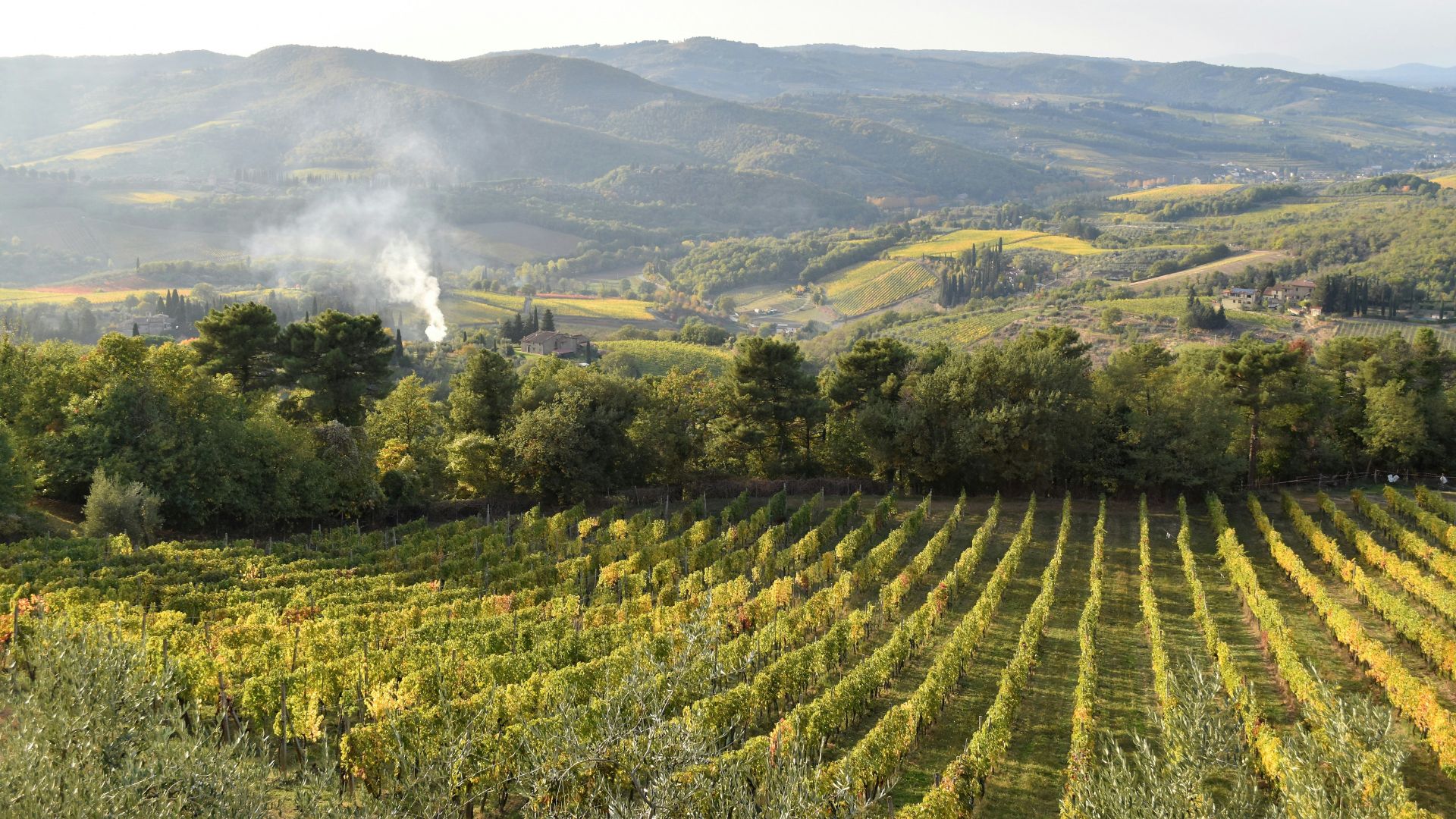
Florence’s Calcio Storico and Vibrant Street Life
Florence wakes up in spring. I’ve timed my visits to catch Calcio Storico practice matches—a wild, historic football game. The real matches happen in June, but spring practices give you a taste without the summer mobs.
In April and May, parks and gardens explode with color. Boboli and Bardini Gardens have treated me to unforgettable views of Florence under wisteria blooms.
Spring rentals are friendlier on your wallet. I’ve stayed near Santo Spirito, an easy walk to outdoor markets bursting with fresh produce and flowers.
Cafes spill onto the streets, and locals reclaim their city. It’s honestly the best time to feel like a real Florentine.
Outdoor Dining Renaissance
Spring means outdoor dining is back in full swing. I’ve lingered over dinners in ancient piazzas, soaking up the gentle evening air.
Rome’s restaurants start decking out their patios with flowers and fresh spring menus—think artichokes, asparagus, fava beans. Chefs roll out special primavera dishes you just can’t get any other time.
Coastal towns like the Amalfi Coast and Cinque Terre reopen their seaside spots in April and May. I’ve enjoyed fresh seafood with ocean views, no reservation battles required.
Even tiny villages throw food festivals for spring’s bounty. Look for sagre dedicated to wild herbs, spring cheeses, and early veggies—it’s the real deal for food lovers.
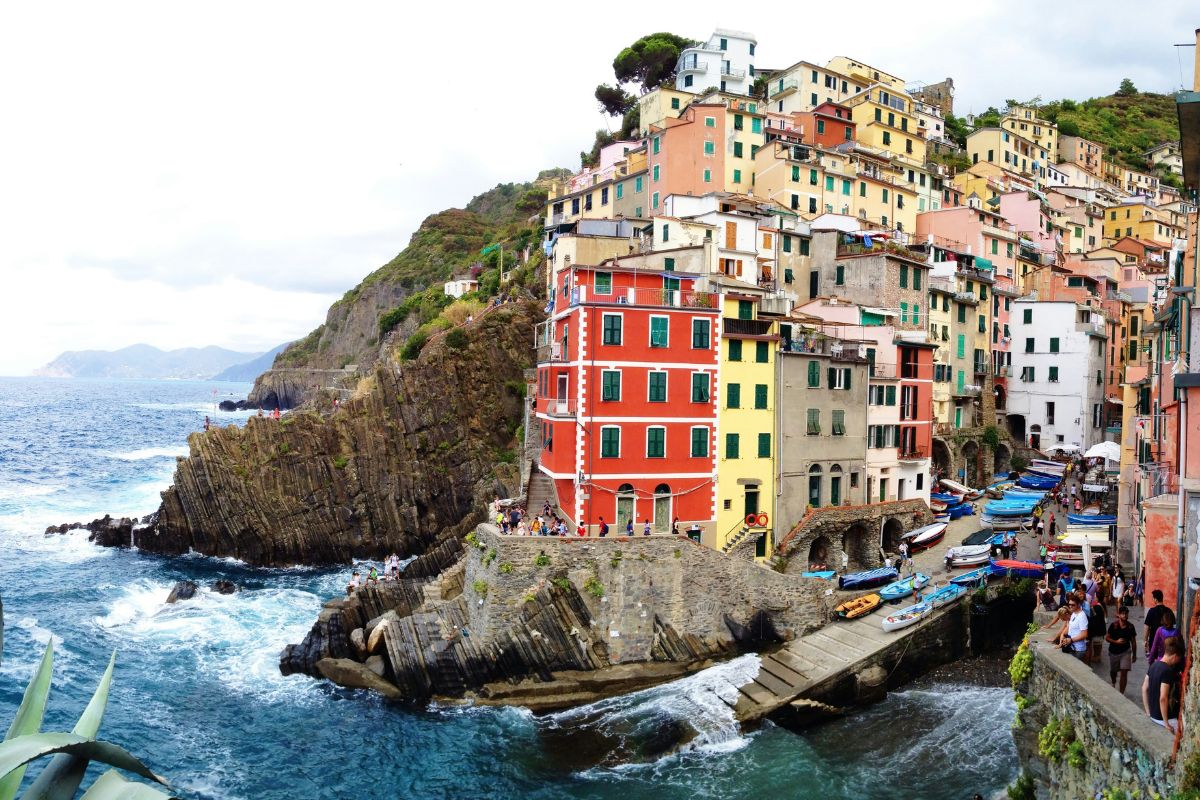
Summer Adventures: Iconic Coasts and Lively Cities
Summer in Italy turns the whole country into a playground—sunny beaches, festivals, and endless adventures. Every region comes alive in its own way.
Exploring the Amalfi Coast and Cinque Terre
In summer, the Amalfi Coast really dazzles. Those pastel villages clinging to cliffs? Unreal. I always recommend renting a small boat in Positano—you’ll find hidden beaches no car can reach.
Cinque Terre is just as dreamy. The hiking trails between the five villages offer jaw-dropping views. Start early—before 8 AM—if you want to dodge the heat and the crowds.
July and August get slammed. I prefer early June—the water’s warm, but it’s not a total zoo yet.
Cultural Highlights in Florence and Naples
Florence buzzes on summer evenings. Locals and visitors fill the piazzas. The Uffizi Gallery stays open late, so you can admire Botticelli’s art after the morning rush.
Catching an outdoor opera at the Boboli Gardens under the stars? Unforgettable. Just book ahead—these tickets go fast.
Naples throws summer festivals for food, music, and tradition. I always make time for pizza at L’Antica Pizzeria da Michele. The line’s long, but it’s worth every minute.
Both cities get hot. I stick to museums and galleries during midday, then hit the streets again when it cools off.
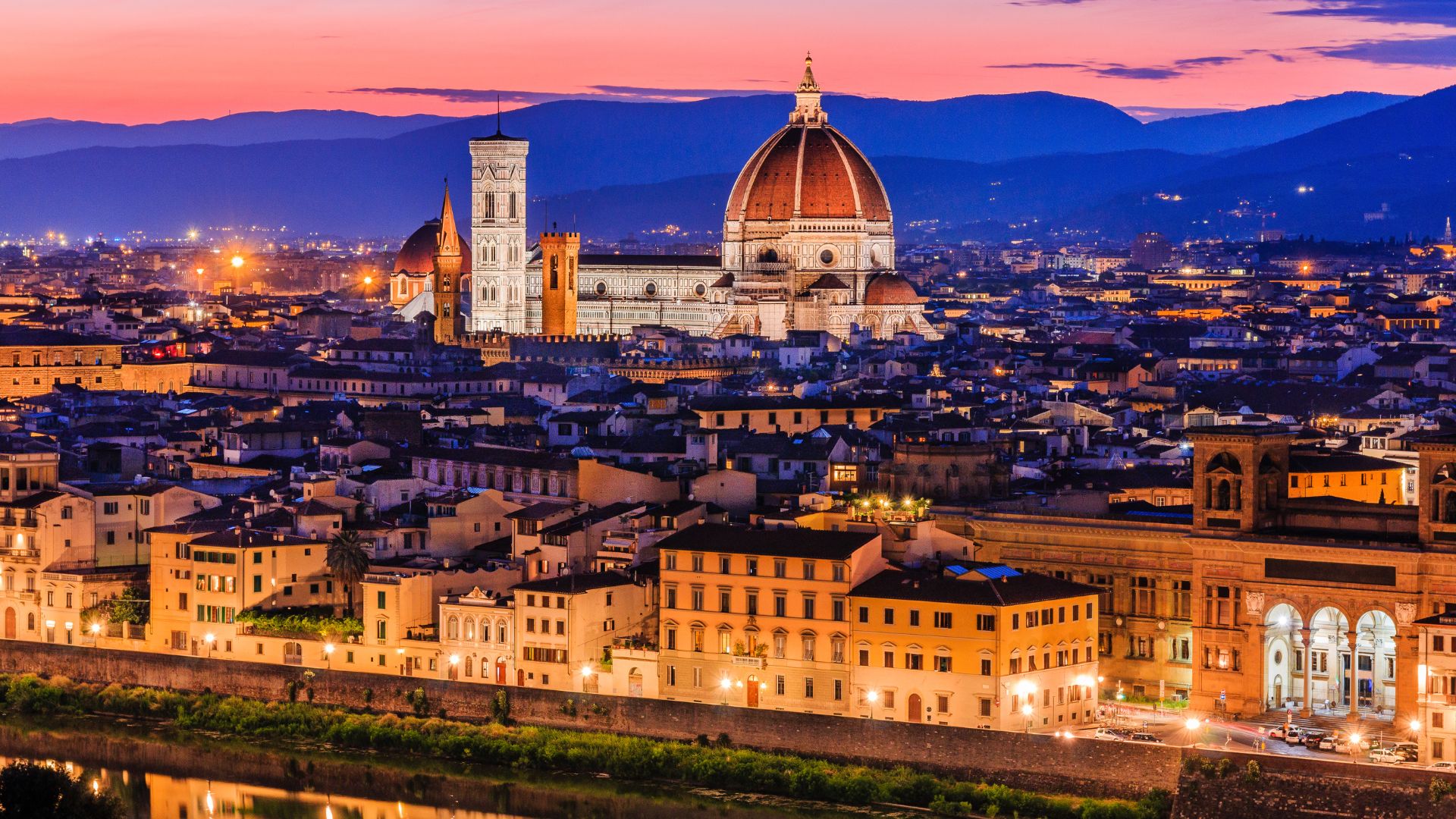
Outdoor Activities in the Dolomites
The Dolomites are my go-to escape from the summer heat. Temperatures run about 10-15°F cooler than the coast.
Hiking through wildflower-filled meadows or climbing up to scenic lookouts never feels like a chore here. The views? Next-level.
Mountain biking is huge. Trails range from easy valley rides to wild technical descents. Even ski resorts keep their gondolas running for summer adventures.
Alta Badia is perfect for families—easy trails, mountain huts, and hearty local food.

Beach Escapes in Southern Italy
Southern Italy’s beaches hit their stride in summer. I’ve lost track of the hours spent on Puglia’s white sand beaches, where the Adriatic Sea really does sparkle.
Polignano a Mare’s beaches are dramatic, with limestone cliffs and crystal water. Sicily’s San Vito Lo Capo is a family favorite—white sand, shallow water, Caribbean vibes.
For something quieter, I head to Calabria’s beaches. Tropea, especially, feels magical with its turquoise water and the old town perched above.
Many southern beaches offer lido services—umbrellas and chairs for rent. But I like to find the free public stretches for a more laid-back vibe.
Autumn Allure: Grape Harvests and Historic Sights
Autumn wraps Italy in golden light and brings a different kind of magic. The crowds thin out, the weather stays pleasant, and there’s a buzz in the countryside.
Wine Tasting in Tuscany
September and October are prime time for Tuscany’s grape harvest (vendemmia). Hillsides turn gold and amber—perfect for photos and memories.
Wineries in Chianti, Montalcino, and Montepulciano open up for visitors. You can watch grape-picking, and sometimes even join in.
It’s about more than just wine. I’ve joined harvest festivals with music, dancing, and big family-style meals outside.
Best Tuscany Wine Experiences:
- Chianti wine trails between Florence and Siena
- Brunello tastings in Montalcino
- Small family-run wineries in Montepulciano
- Harvest parties in rural villages
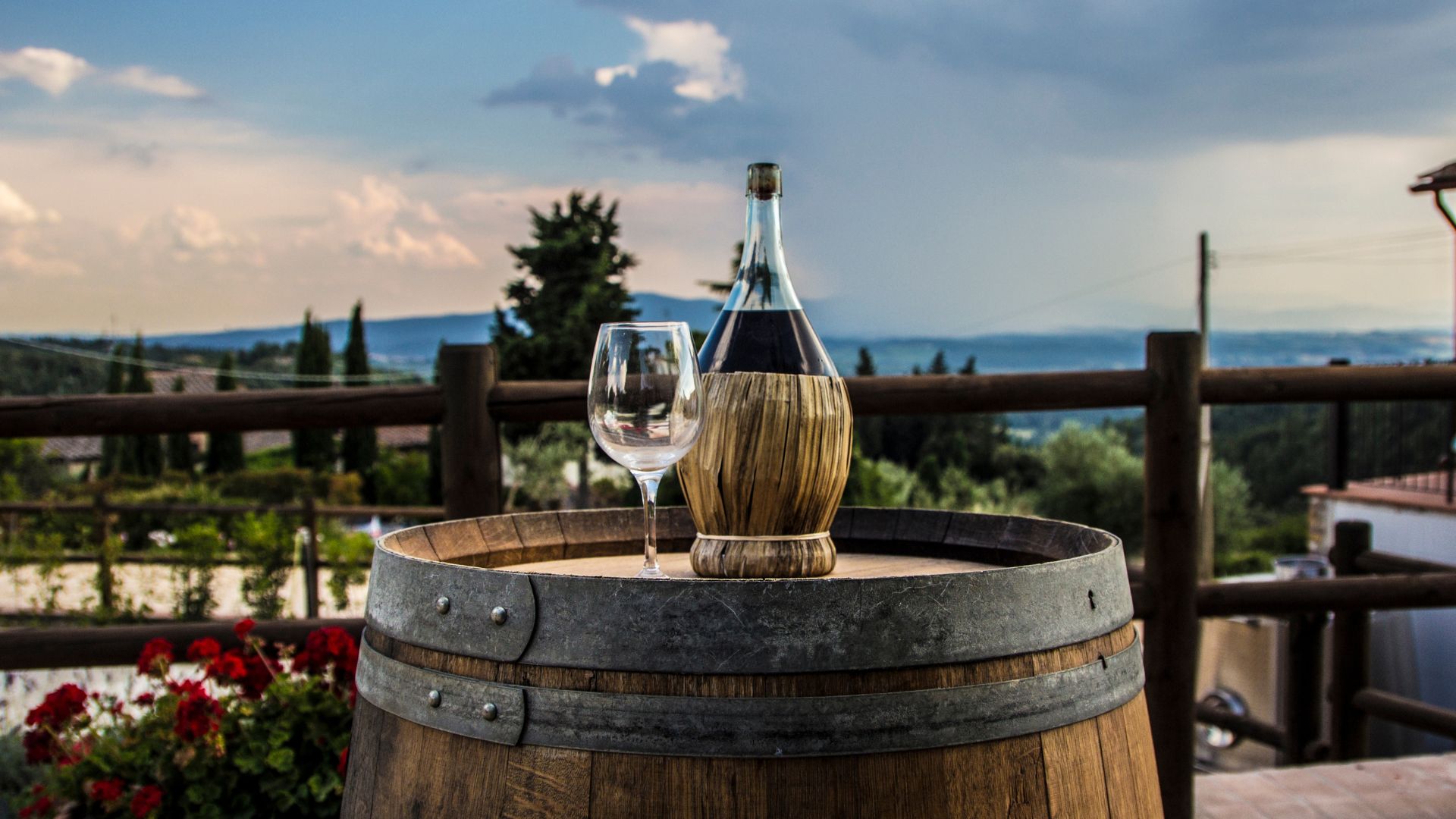
Exploring Historical Sites
Fall changes the mood at Italy’s historic sites. With the summer rush gone, I can wander ruins and medieval towns at my own pace.
The light is perfect for photos. Old stone buildings seem to glow in the soft autumn sun, especially just before sunset.
Some sites run special autumn programs. I’ve joined nighttime tours of Roman forums and even got to check out archaeological digs—stuff you don’t see in summer.
The weather stays mild through October. Even in November, it’s comfortable enough for long walks through outdoor sites in central Italy.
Must-Visit Autumn Historical Sites:
- Roman ruins in Rome minus the crowds
- Medieval hill towns in Umbria and Tuscany
- Renaissance cities like Florence with shorter lines
- Ancient Greek temples in Sicily with perfect weather
Culinary Journeys in Sicily
Sicily turns into a food lover’s paradise in autumn. I usually plan my trips to line up with harvest season—honestly, it’s when the island feels most alive, with food festivals popping up in almost every town.
Local restaurants roll out special seasonal menus. You’ll find dishes with fresh mushrooms, truffles, and late-harvest veggies—everything tastes richer after soaking up all that summer sun.
The olive harvest kicks off in October, and a few farms open their doors to visitors. I got to watch the traditional pressing and sampled olive oil so fresh it was almost neon green and peppery.
Sicilian desserts really shine in autumn. Cannoli get stuffed with ricotta from sheep that graze on lush post-summer fields, and cassata gets a twist with autumn fruits and nuts.
Sicily’s Autumn Food Highlights:
- Mushroom festivals in mountain villages
- Grape harvest parties with live music
- Fresh-pressed olive oil tastings
- Chestnut festivals in the foothills of Etna
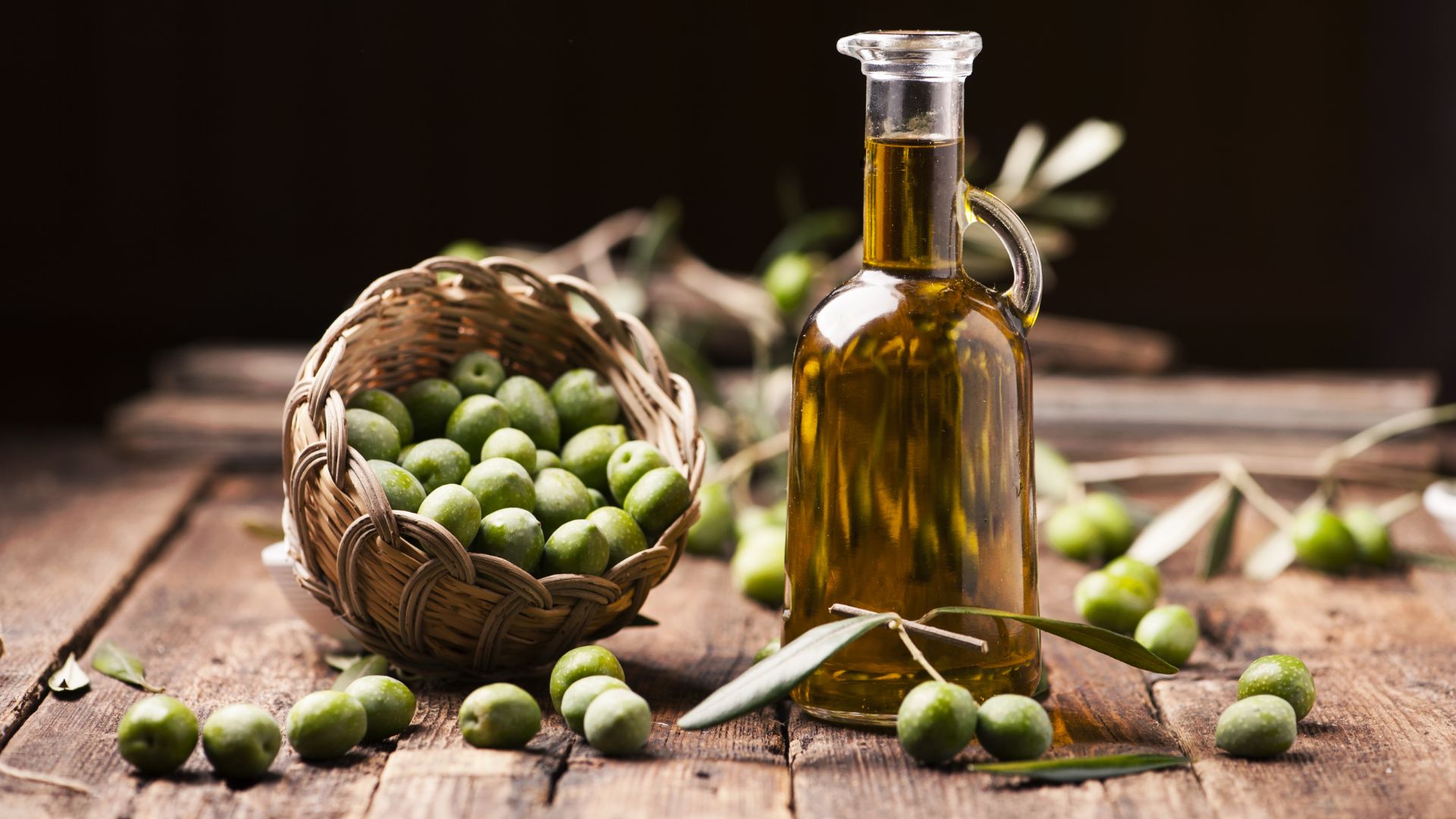
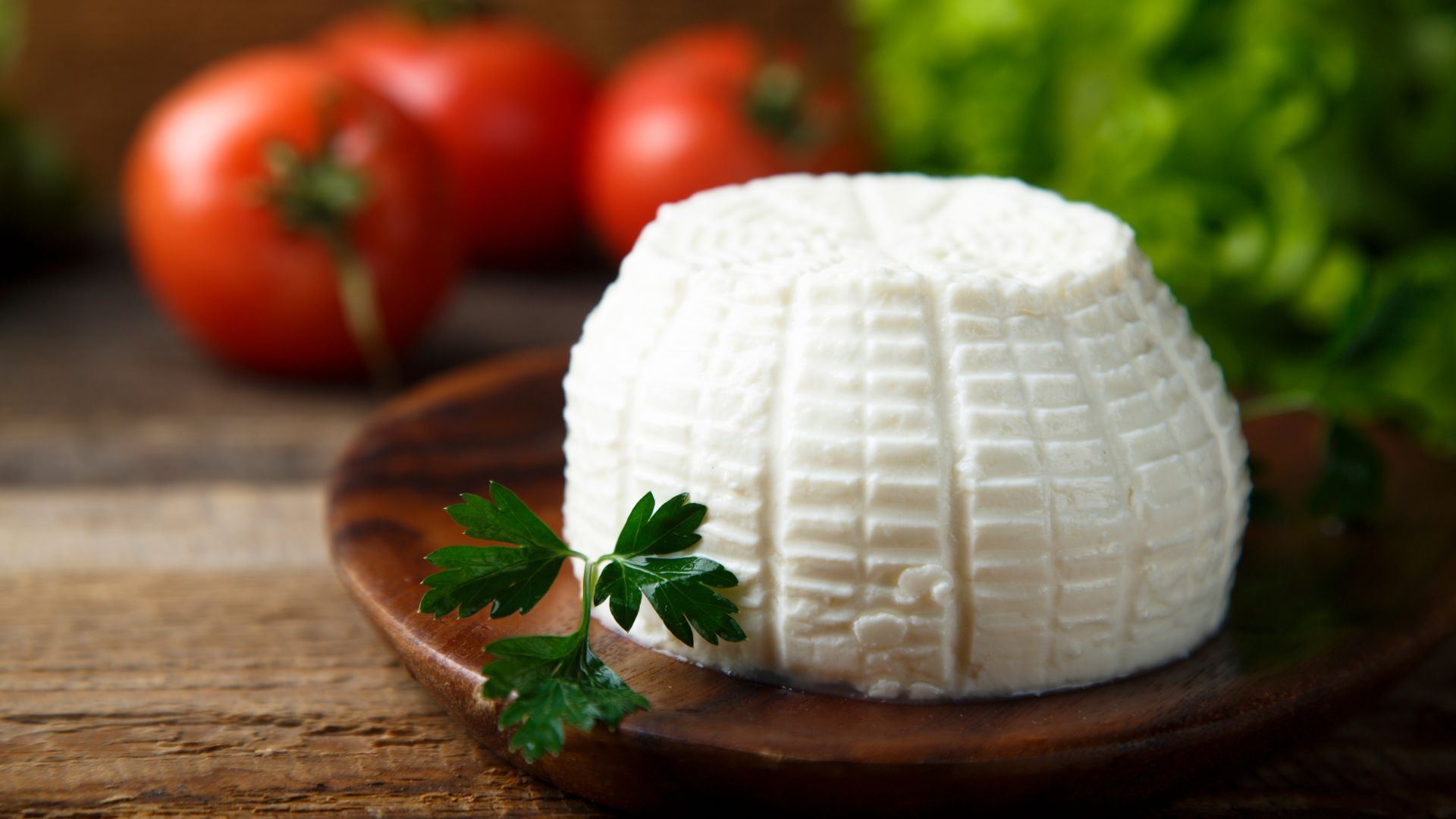
Winter Wonders: Festive Markets and Snowy Getaways
Winter flips Italy into something magical. Suddenly, festive traditions, quirky celebrations, and snowy escapes fill the calendar. I’ve found that visiting between December and February gives you a whole new Italy—one most travelers never see.
Christmas Markets Across Northern Italy
Northern Italy’s Christmas markets have become a highlight of my winters. In Bolzano, South Tyrol’s capital, I wandered between wooden stalls packed with handmade ornaments, sipping steaming vin brulé and soaking in the glow of twinkling lights.
Trento throws one of the most authentic markets I’ve ever seen. Piazza Fiera turns into a winter village, and local artisans sell everything from Alpine wooden toys to classic strudel and canederli.
Merano’s markets have their own charm, with the snowy Alps as a backdrop. I’d say, don’t miss the spiced cookies—and if you want a souvenir, those handmade nativity figures are pretty special. These markets usually open in late November and stick around until January 6 (Epiphany).

Carnevale Celebrations
Venice during Carnevale is unreal. The elaborate masks and costumes transform the city into this dreamy, 18th-century fantasy. The celebrations start in late January and run through February, wrapping up on Martedì Grasso (Fat Tuesday).
Viareggio, over on the Tuscan coast, does Carnevale its own way. I watched giant satirical floats cruise down the promenade—honestly, it’s a totally different mood from Venice, more modern and playful.
For something wild, I checked out the Battle of the Oranges in Ivrea. Thousands of people hurl oranges at each other in a wild, symbolic reenactment of a historic revolt. It’s messy, chaotic, and honestly, kind of exhilarating!
Skiing and Winter Sports in the Dolomites
The Dolomites honestly have some of the best skiing I’ve come across in Europe. With the Dolomiti Superski pass, you get into 12 ski areas—yeah, that’s over 745 miles of slopes.
Val Gardena totally won me over. It’s got all kinds of runs and those storybook Alpine villages that just beg for a photo.
But skiing isn’t the only thing going on here. I tried snowshoeing through these quiet, snowy forests, and one time, I even gave ice climbing a shot on a frozen waterfall.
The après-ski scene? Absolutely charming. I’d end up in these cozy rifugi (mountain huts) eating South Tyrolean comfort food—speck, polenta, the works.
Cortina d’Ampezzo will host the 2026 Winter Olympics, and it mixes a bit of glamour with some truly fantastic skiing. I found myself loving those wide, perfectly groomed slopes, then wandering into town for an aperitivo.
And hey, skiing isn’t for everyone, right? Even if you don’t ski, you can hop on a cable car for jaw-dropping views or just spend a day at a luxury mountain spa.
